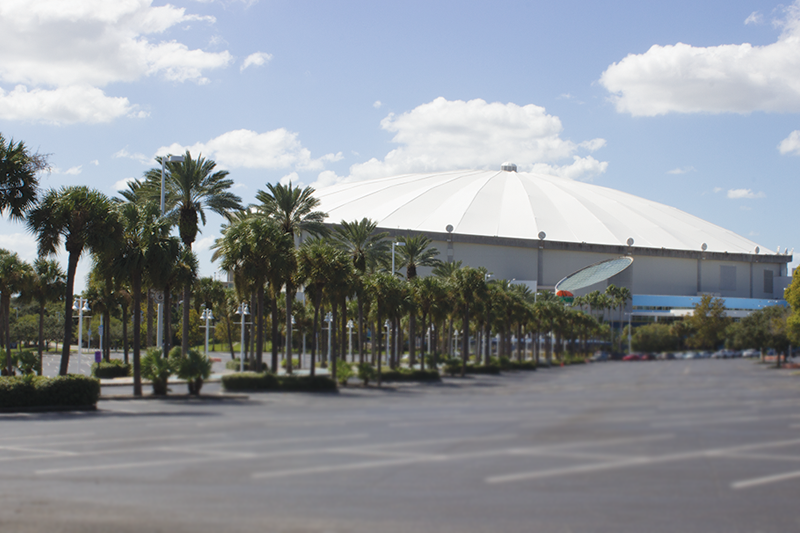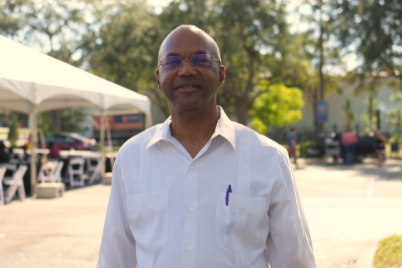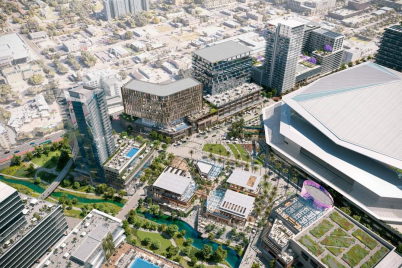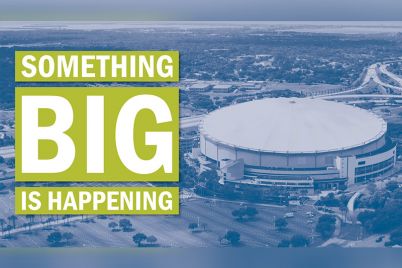Tropicana Field, known as “The Dome” to locals, rests on the bones of the Gas Plant community, which was torn down in the ’80s to make way for the Trop. Midtown residents have raised concerns about the decisions regarding the stadium’s redevelopment.









I enjoyed this article. I hope something positive is done to help our community.